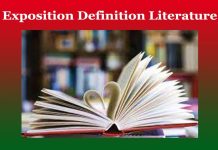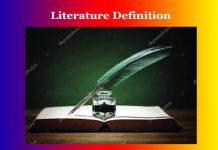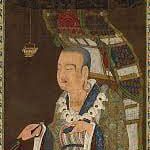Erotic Literature
Erotic Literature
Introduction:
Erotic literature is a genre that explores and describes sexual themes, relationships, and experiences through written or spoken language. It delves into the sensual and intimate aspects of human relationships, often focusing on the emotional and physical connections between characters. Erotic literature has a long history, with examples ranging from ancient texts to modern novels, and it continues to evolve as a form of artistic expression.
Characteristics:
Explicit Descriptions: Erotic literature features explicit and detailed descriptions of sexual encounters, exploring the physicality and emotions involved in intimate relationships.
Character Development: While centered around sexual themes, well-crafted erotic literature often includes character development and explores the emotional dynamics between individuals involved in romantic or sexual situations.
Artistic Expression: Writers in this genre use language as a powerful tool for artistic expression, conveying sensuality, passion, and desire through carefully chosen words and imagery.
Varied Settings: Erotic literature can take place in a variety of settings, from historical contexts to contemporary scenarios, and may include elements of romance, fantasy, or realism.
Exploration of Taboos: Some works of erotic literature may push societal boundaries and explore taboo subjects, challenging conventional norms and expectations surrounding sexuality.
Historical Examples:
“Lady Chatterley’s Lover” by D.H. Lawrence (1928): This classic novel explores the sexual relationship between an aristocratic woman and her gamekeeper, addressing themes of class, desire, and societal expectations.
“Fanny Hill” by John Cleland (1748): Regarded as one of the earliest examples of erotic literature, this novel recounts the experiences of a young woman in the world of prostitution in 18th-century London.
“Delta of Venus” by Anaïs Nin (1977): Anaïs Nin’s collection of erotic short stories delves into the complexities of desire and intimacy, reflecting the author’s exploration of sensuality.
Contemporary Examples:
“Fifty Shades of Grey” by E.L. James (2011): This modern bestseller explores the BDSM relationship between a young woman and a wealthy businessman, sparking conversations about sexuality and consent.
“The Kiss Quotient” by Helen Hoang (2018): Combining romance and sensuality, this novel follows an autistic woman who hires an escort to help her navigate the intricacies of romantic relationships.
Erotic fiction, while often provocative, is a legitimate form of artistic expression that explores the diverse facets of human sexuality and relationships. It can challenge societal norms, spark discussions, and provide readers with a nuanced understanding of the intimate aspects of the human experience. 0 0 0.
Some More Queries for Ready Reference:
- Prose in Literature
- Foreshadowing Definition Literature
- Literature Review Outline
- Literature Review Sample
- Mood in Literature
- Pathos Definition Literature
- How to Write a Literature Review
- How to Read Literature Like a Professor
- Theme Definition Literature
- Adult Content in Literature
- Exposition Definition Literature
- Theme in Literature
- Literature Definition
- Logos Definition Literature
- Doki Doki Literature Club Characters
- Yuri Doki Doki Literature Club
- What are 2 Main Genres of Literature?
- What are the 4 Major Parts of Literature?
- What are the 2 major Types of Literature?
- What are the 3 Types of Literature?
- What is 5 definitions of literature?
- What is Literature in 150 Words
- What is a Literary Short Answer?
- What is the definition of literature?











